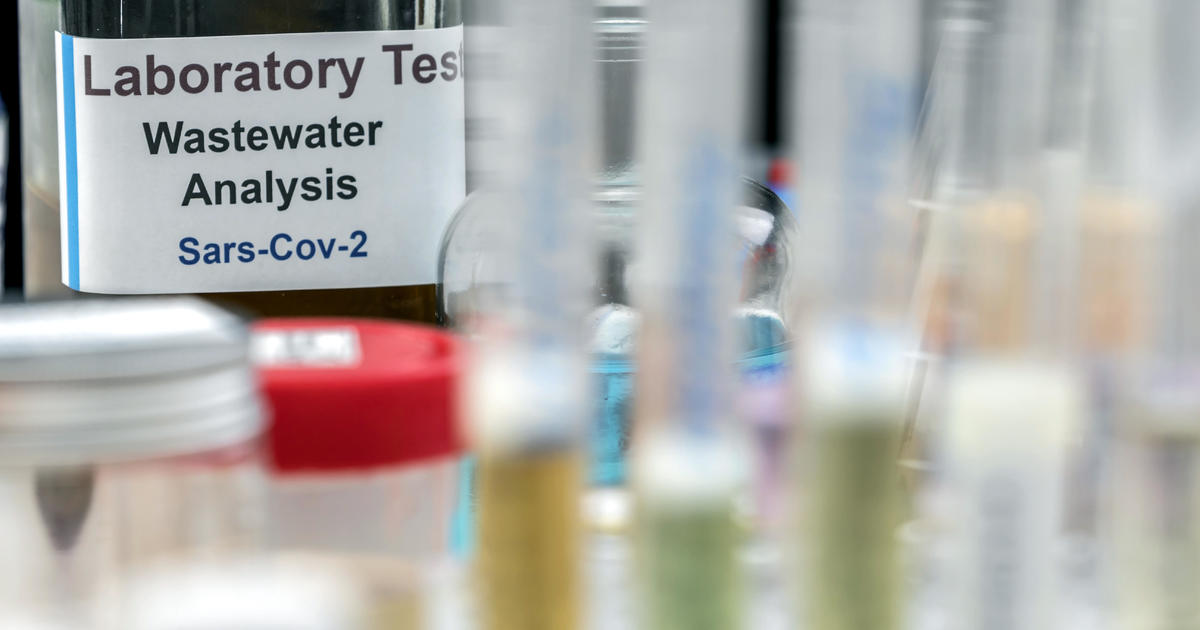
Hundreds of wastewater treatment sites across the country will start submitting water samples to laboratories to detect the presence of COVID-19, the Centers for Disease Control and Prevention announced Friday. Data from the water samples can help communities detect the virus early on, and is now published to the CDC’s COVID Data Tracker.
The updated data tracker allows people to see virus level changes in participating communities’ wastewater over the last 15 days and will be updated daily, according to Dr. Amy Kirby, who leads the National Wastewater Surveillance program. The percentage of positive tests over the last 15 days will also be made available using the data tracker.
“The advantage of this CDC-supported dashboard is that it allows you to compare data across states directly,” Kirby said.
The information that wastewater and sewage can provide is “uniquely powerful” due to its ability to detect infections from both those who present COVID symptoms and those who do not, she said.
According to Kirby, between 40 and 80% of people with COVID-19 shed viral RNA in their feces. Research has shown that such shedding begins “very early” after infection — it is one of the first signs of having the virus, she said. The wastewater data does not affect access to healthcare or the availability of clinical testing, she said.
“These built-in advantages can inform important public health decisions, such as where to allocate mobile testing and vaccination sites,” Kirby said. “Public health agencies have also used wastewater data to forecast changes in hospital utilization, providing additional time to mobilize resources and preparation for increasing cases.”
She did note that wastewater data comes with its limitations: surveillance cannot be used to determine if communities are entirely free from COVID-19, and is limited in areas where there is minimal or no sewer infrastructure. The wastewater data can also be skewed in transient populations, including parts of the country with a lot of tourists.
Samples are collected by utility operators dipping a bottle into wastewater flow. The sample is then shipped off to a laboratory. The lab concentrates virus material out of the sample before extracting genetic material from the virus to test, analyze and then publish results.
The wastewater program, which was launched in September 2020, is active across 37 states, with more than 400 testing sites across the country. Over the following weeks, Kirby said an additional 250 sites will open across the nation.
She said she is working with various health departments to expand the program further so that it can also gather data on other pathogens.

